0 引言
1 地质背景
2 研究资料与方法
2.1 研究方法及样品制备
2.2 大薄片成像和显微镜观察
2.3 氩离子抛光片扫描电镜分析
3 结果
3.1 沉积类型及特征
表1 川南地区五峰组黑色页岩沉积类型及特征Table 1 Sedimentary types and characteristics of black shale in the Wufeng Formation in the southern Sichuan Basin |
| 沉积类型 | 沉积构造 | 矿物组成 | 颗粒粒度 | 结构 | 分布层位 |
|---|---|---|---|---|---|
| 细粒浊流沉积 | 冲刷—充填构造、爬升波纹层理、水平层理、包卷层理、束状层理、递变层理、生物扰动 | 石英、方解石、黏土矿物、长石、黄铁矿等 | 细粉砂 | 混杂堆积、基底式胶结 | WF1—WF2 |
| 半远洋沉积 | 递变型水平层理 | 石英(碎屑石英和自生石英)、方解石、白云石、黏土矿物等 | 细粉砂 细粒泥 | 杂基支撑、颗粒随机排列、分选差 | WF3 |
| 陆棚浅滩沉积 | 均质型块状层理 | 黏土矿物、铁白云石、方解石,基底式胶结,生物碎屑发育 | 细粒泥 | 混杂堆积、基底式胶结 | WF4 |
3.1.1 细粒浊流沉积
图3 岩心照片展示川南地区五峰组不同类型沉积特征(a) 浊流沉积,阳101H3-8井,3 791.20 m;(b)浊流沉积,阳101H3-8井,3 793.40 m; (c)半远洋沉积,长宁双河剖面,五峰组,样品号:4-11;(d)灰质陆棚浅滩沉积,长宁双河剖面,观音桥段 Fig.3 Core photos showing different types of sedimentary characteristics of the Wufeng Formation in the southern Sichuan Basin |
3.1.2 半远洋沉积
3.1.3 陆棚浅滩沉积
3.2 沉积演化及火山灰层厚度
4 讨论
4.1 不同沉积类型的成因
4.1.1 细粒浊流沉积成因
4.1.2 半远洋沉积成因
4.1.3 陆棚浅滩沉积成因
4.2 不同沉积类型演化的成因
4.3 页岩气意义
表2 川南地区五峰组不同沉积类型储层特征Table 2 Reservoir characteristics of different sedimentary types in the Wufeng Formation in the southern Sichuan Basin |
| 沉积类型 | 井号 | 深度/m | 孔隙度 /% | TOC含量 /% |
|---|---|---|---|---|
| 陆棚浅滩沉积 | 阳101H3-8 | 3 787.57 | 3.92 | 3.25 |
| 半远洋沉积 | 阳101H3-8 | 3 788.54 | 4.15 | 3.11 |
| 阳101H3-8 | 3 788.79 | 3.34 | 4.10 | |
| 阳101H3-8 | 3 788.96 | 4.05 | 2.91 | |
| 细粒浊流沉积 | 阳101H3-8 | 3 789.13 | 3.20 | 2.6 |
| 阳101H3-8 | 3 789.65 | 3.81 | 2.4 | |
| 阳101H3-8 | 3 790.49 | 3.50 | 0.37 | |
| 阳101H3-8 | 3 791.58 | 2.66 | 0.30 | |
| 阳101H3-8 | 3 792.29 | 1.58 | 0.15 |



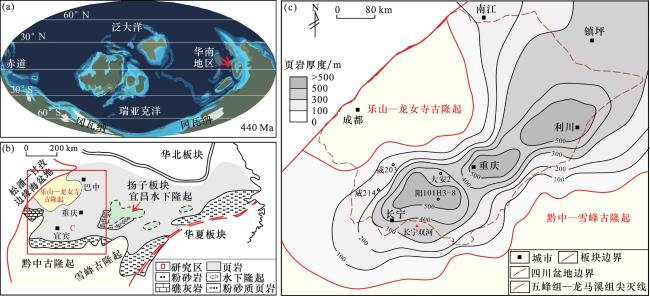
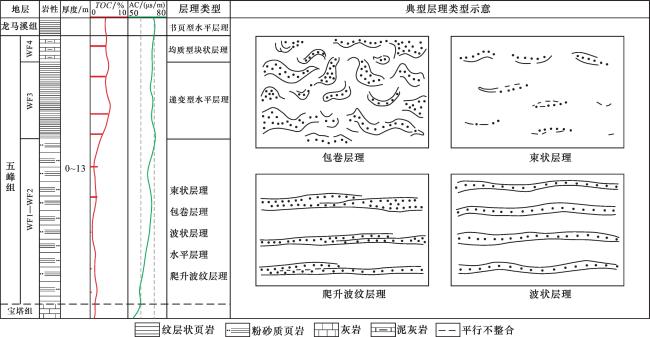
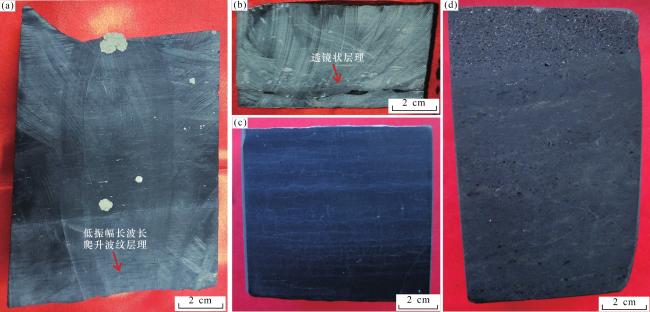

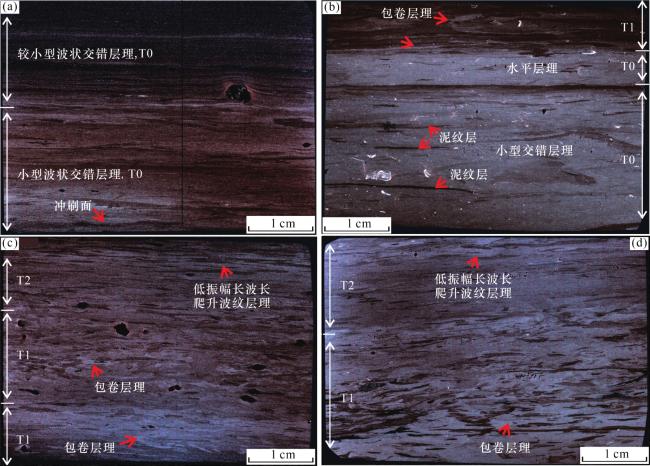
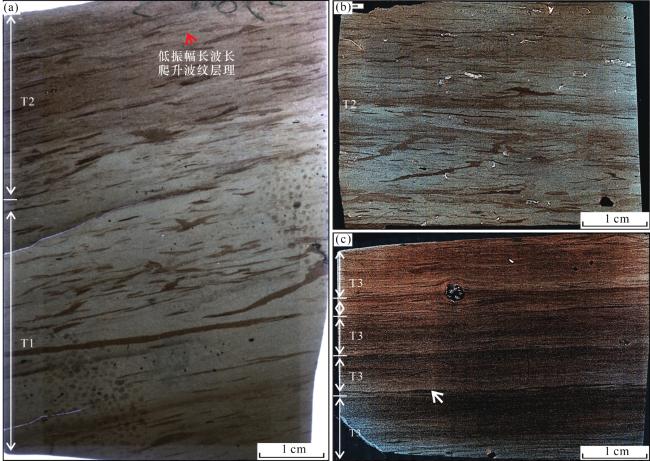
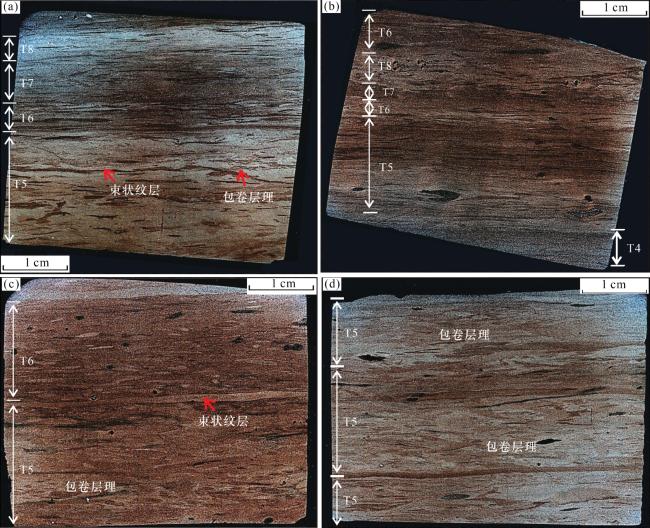
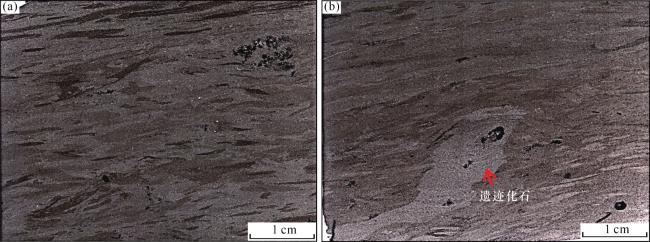

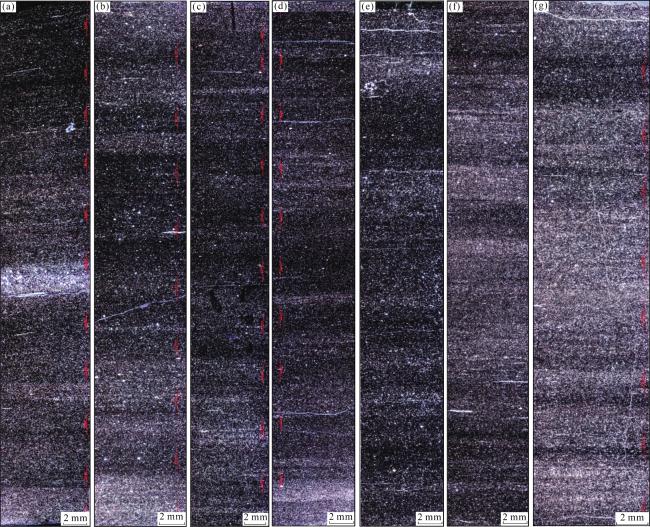
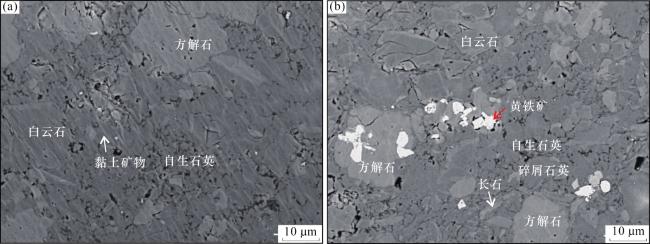
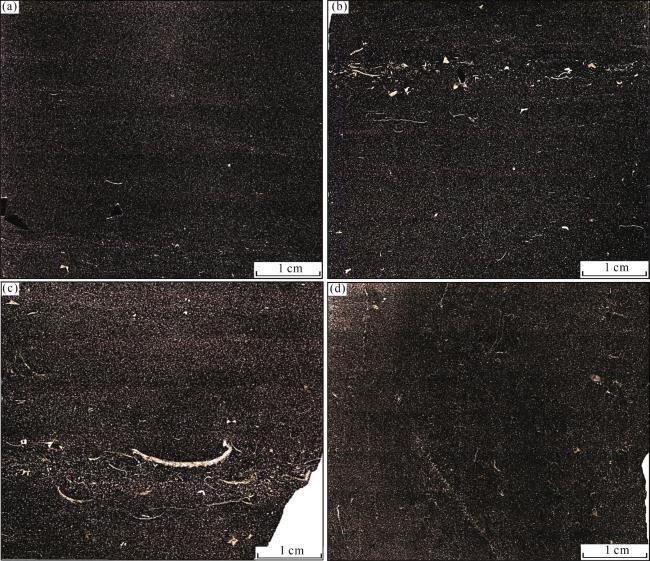

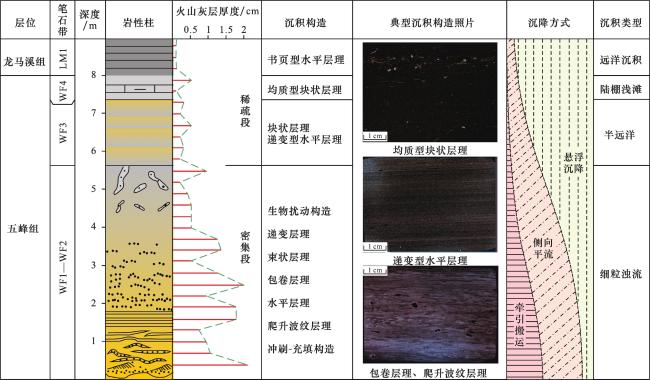
 甘公网安备 62010202000678号
甘公网安备 62010202000678号